Diseases That Aren’t As Devastating As They Used To Be
It’s easy to take modern medicine for granted, but let’s take a moment to appreciate the incredible progress made over the years. Diseases that once wreaked havoc have been tamed, thanks to scientific advancements and collective efforts. From eradicating smallpox to managing the flu, humanity has triumphed over many health challenges. This journey through medical milestones is not only informative but also a testament to human resilience and innovation.
Smallpox: From Scourge to Eradication

Once a devastating disease, smallpox was responsible for millions of deaths worldwide. However, with the introduction of the smallpox vaccine by Edward Jenner in 1796, humanity took a significant step toward eradication. By 1980, the World Health Organization declared smallpox eradicated, marking a monumental achievement in medical history. The eradication of smallpox serves as a beacon of hope that other diseases could also be conquered.
Polio: The Vaccine Victory

Polio was a feared disease that led to paralysis and even death, particularly in children. The introduction of the polio vaccine by Jonas Salk in 1955 changed everything. This breakthrough led to a drastic reduction in cases and set the stage for near-eradication of the disease. Today, polio remains endemic in only a few countries, showcasing the power of vaccination and global cooperation.
Measles: Taming the Childhood Menace

Measles was once a common childhood disease with potentially severe complications. The introduction of the measles vaccine in the 1960s has significantly reduced its prevalence. Despite outbreaks in unvaccinated populations, the vaccine’s success highlights the importance of maintaining high vaccination rates. The goal remains to eliminate measles worldwide, a target achievable with sustained efforts.
Tuberculosis: From Sanatoriums to Solutions

Tuberculosis (TB) was a leading cause of death in the 19th and early 20th centuries. Patients were often isolated in sanatoriums, with little effective treatment available. The discovery of antibiotics like streptomycin in the 1940s revolutionized TB treatment, drastically reducing mortality rates. Today, with ongoing research and drug development, the fight against TB continues, aiming for a future without this ancient scourge.
HIV/AIDS: Transforming a Death Sentence

HIV/AIDS emerged in the late 20th century as a global health crisis. Initially seen as a death sentence, the development of antiretroviral therapy (ART) in the 1990s transformed the disease into a manageable chronic condition. Ongoing research and advocacy have improved access to treatment and prevention, with hopes of one day eradicating the virus entirely. This progress underscores the power of science and community in combating deadly diseases.
Malaria: The Battle Against the Mosquito
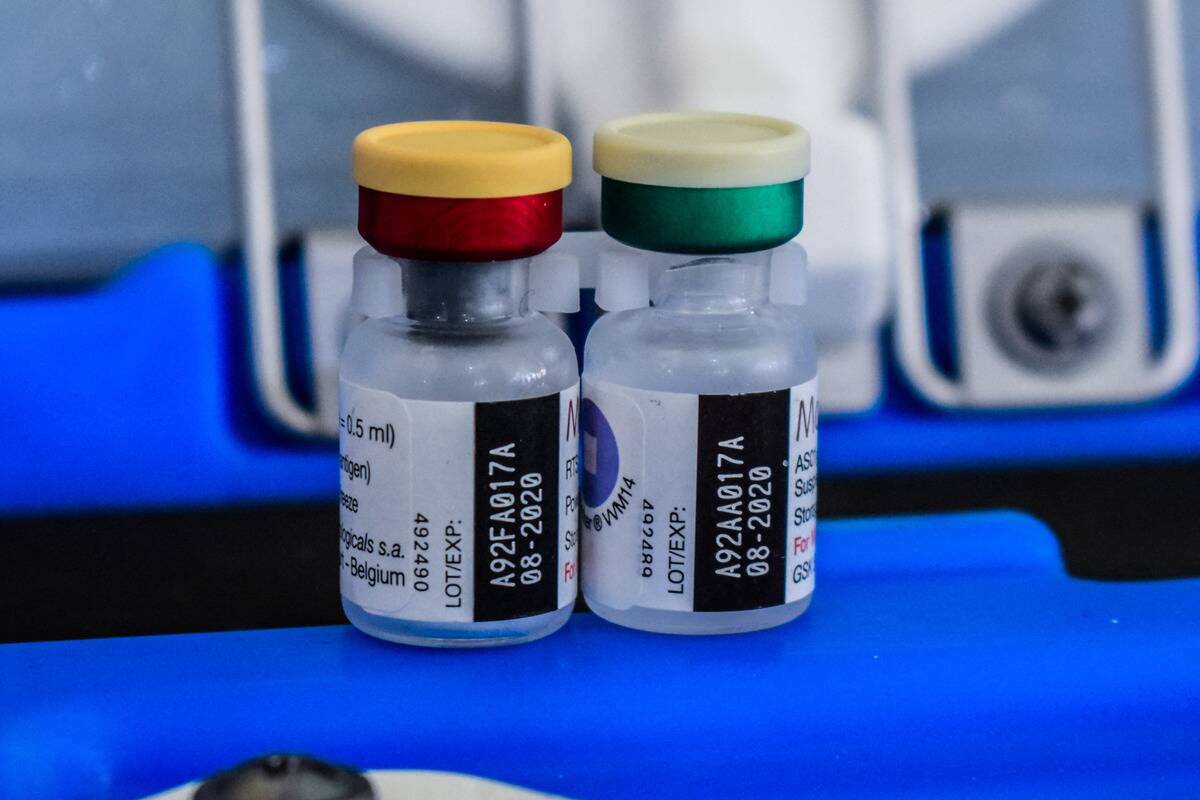
Malaria, transmitted by Anopheles mosquitoes, remains a significant global health challenge. Efforts to combat malaria include the development of antimalarial medications, insecticide-treated bed nets, and more recently, the RTS,S vaccine. These combined strategies have led to a substantial decrease in malaria-related deaths, particularly in sub-Saharan Africa. The fight against malaria continues, with innovation and perseverance leading the charge.
Typhoid Fever: The Power of Clean Water and Vaccines

Typhoid fever, caused by Salmonella typhi, has historically plagued populations with poor sanitation. The advent of clean water initiatives and effective vaccines has dramatically reduced its impact. Vaccination campaigns and improved infrastructure have decreased the incidence of typhoid, especially in vulnerable communities. These efforts highlight the critical role of basic sanitation and vaccination in disease prevention.
Cholera: Conquering the Waterborne Threat

Cholera, a deadly waterborne disease, once devastated communities around the world. Improved sanitation, clean water access, and oral cholera vaccines have been instrumental in controlling outbreaks. Organizations like the WHO and UNICEF continue to work tirelessly to prevent cholera, particularly in areas with inadequate water systems. Their efforts remind us of the essential need for clean water and public health initiatives.
Influenza: Tackling the Ever-Changing Virus
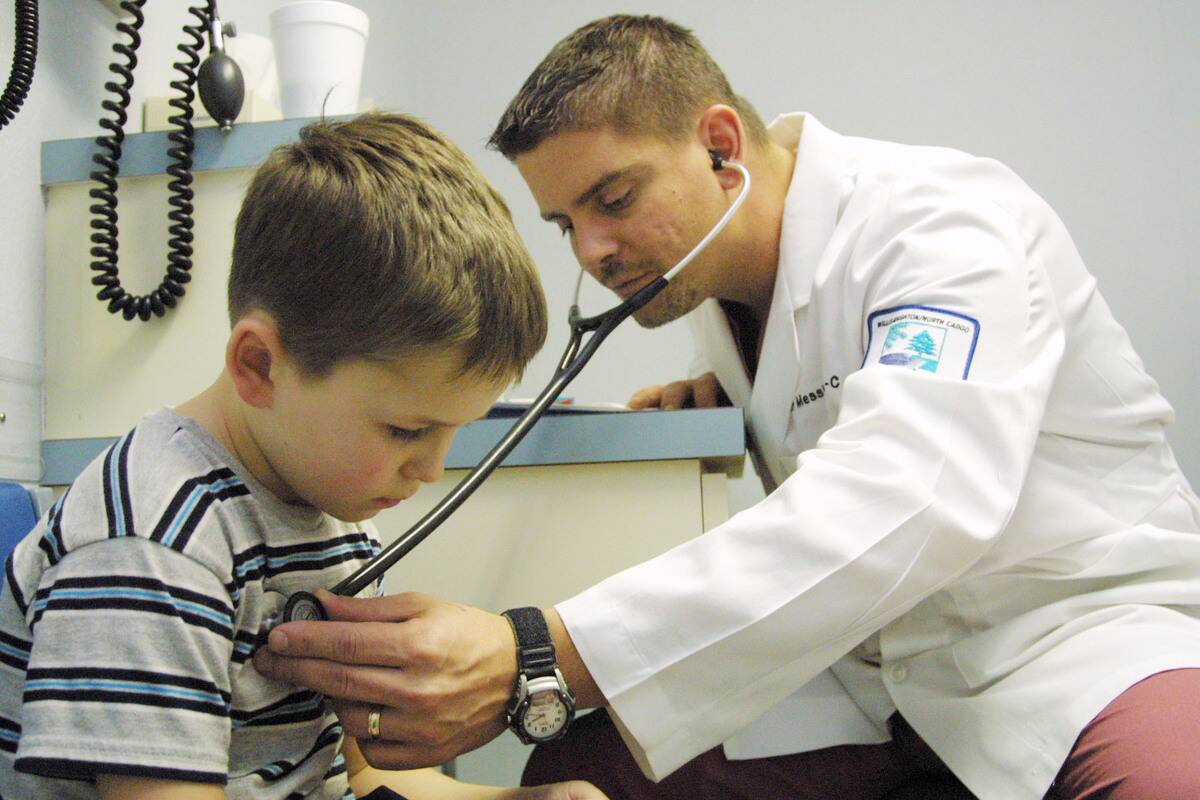
Influenza, with its ever-changing strains, presents a unique challenge each flu season. Annual flu vaccines are crucial in mitigating the impact of the virus, reducing hospitalizations and deaths. Researchers continuously monitor flu patterns to update vaccines, striving to stay ahead of the virus. This ongoing battle highlights the importance of adaptability and vigilance in public health strategies.
Whooping Cough: Back to Breathing Easy
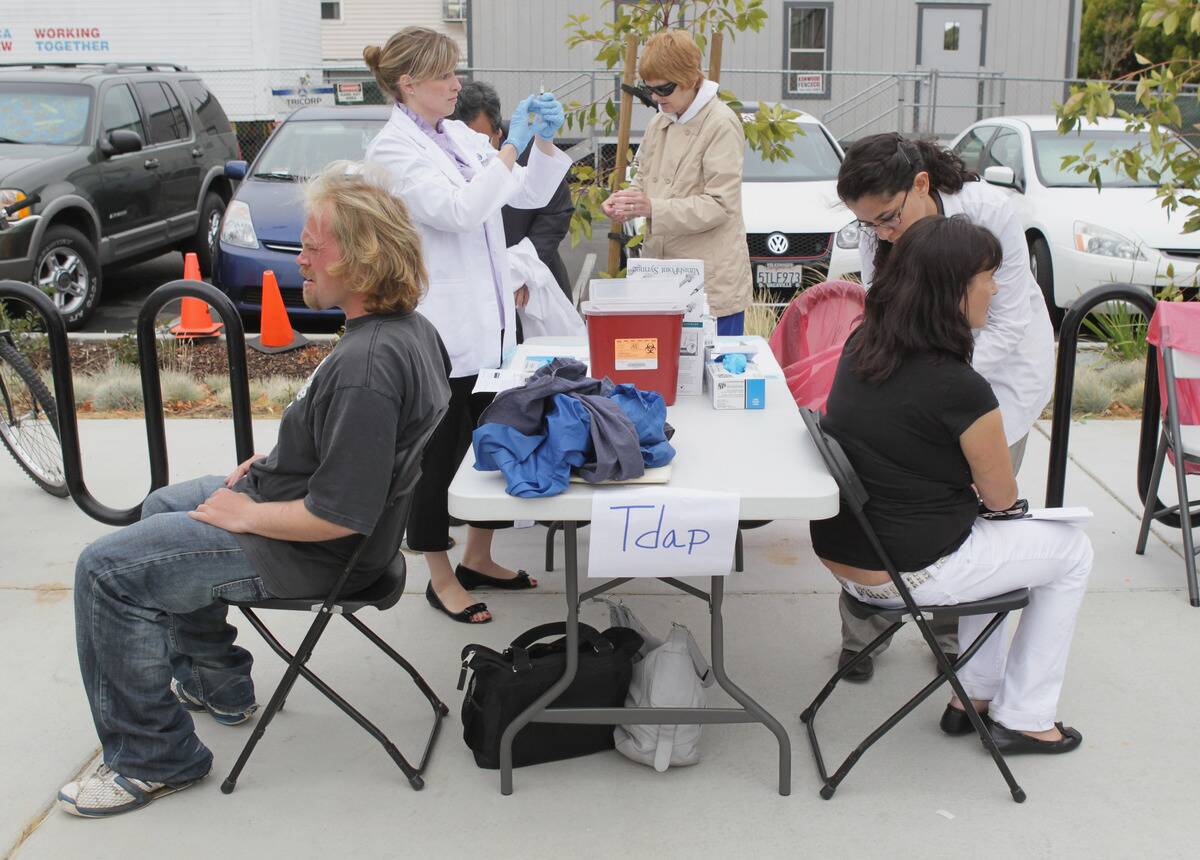
Whooping cough, or pertussis, was once a leading cause of childhood illness and death. The introduction of the pertussis vaccine in the mid-20th century led to a significant decline in cases. Despite occasional outbreaks, vaccination remains the most effective tool in preventing whooping cough. Continued education and vaccination efforts aim to protect future generations from this respiratory menace.
Leprosy: Busting Myths and Managing Symptoms

Leprosy, a disease shrouded in stigma and myths, is now easily treatable with multi-drug therapy. Early diagnosis and treatment are crucial in preventing disability and transmission. Global initiatives have significantly reduced the disease’s prevalence, allowing many to lead healthy, productive lives. The story of leprosy is one of overcoming fear and misunderstanding with knowledge and compassion.
Rabies: From Fatal to Preventable
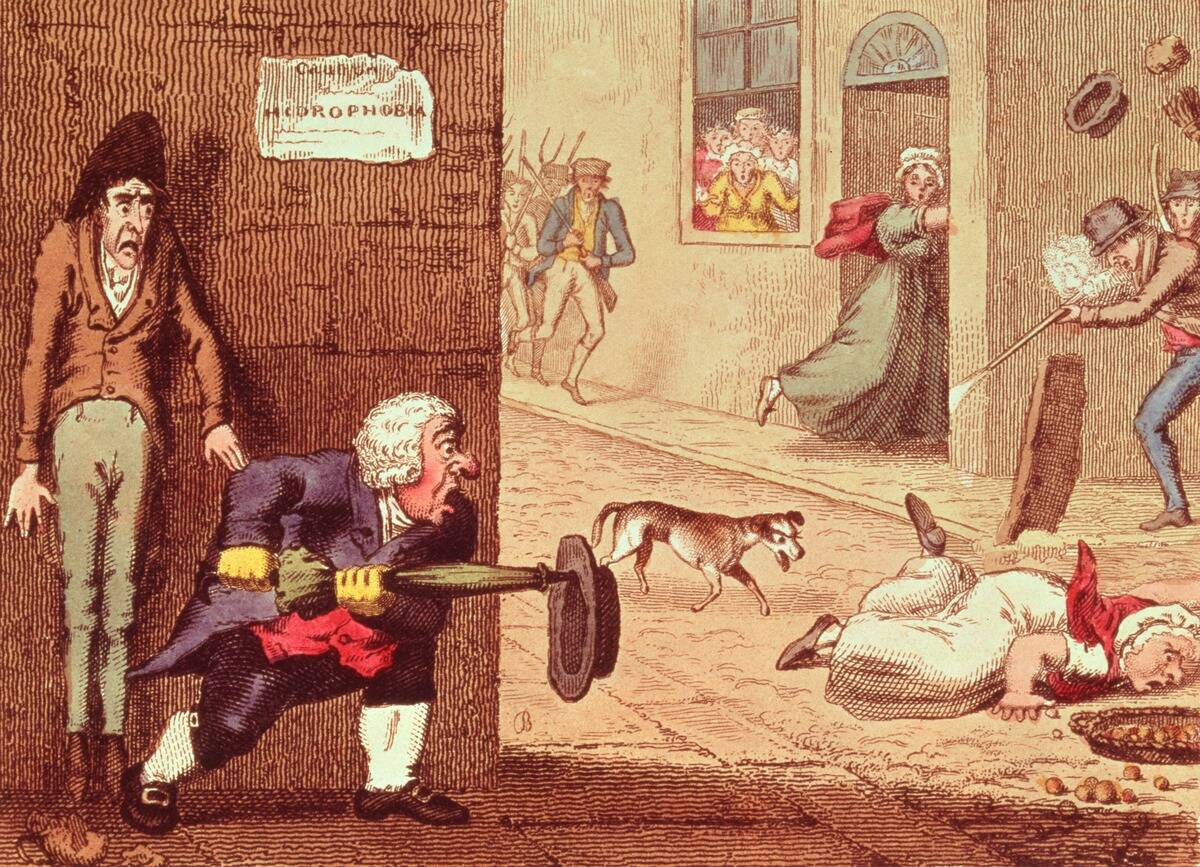
Rabies, a deadly viral disease, is almost always fatal once symptoms appear. Fortunately, post-exposure prophylaxis (PEP) and vaccination of animals have made rabies preventable. Efforts to vaccinate dogs, the primary transmitters, have drastically reduced human cases worldwide. The goal of eliminating rabies deaths is within reach, a testament to the effectiveness of prevention and education campaigns.
Scarlet Fever: A Once Dreaded Disease
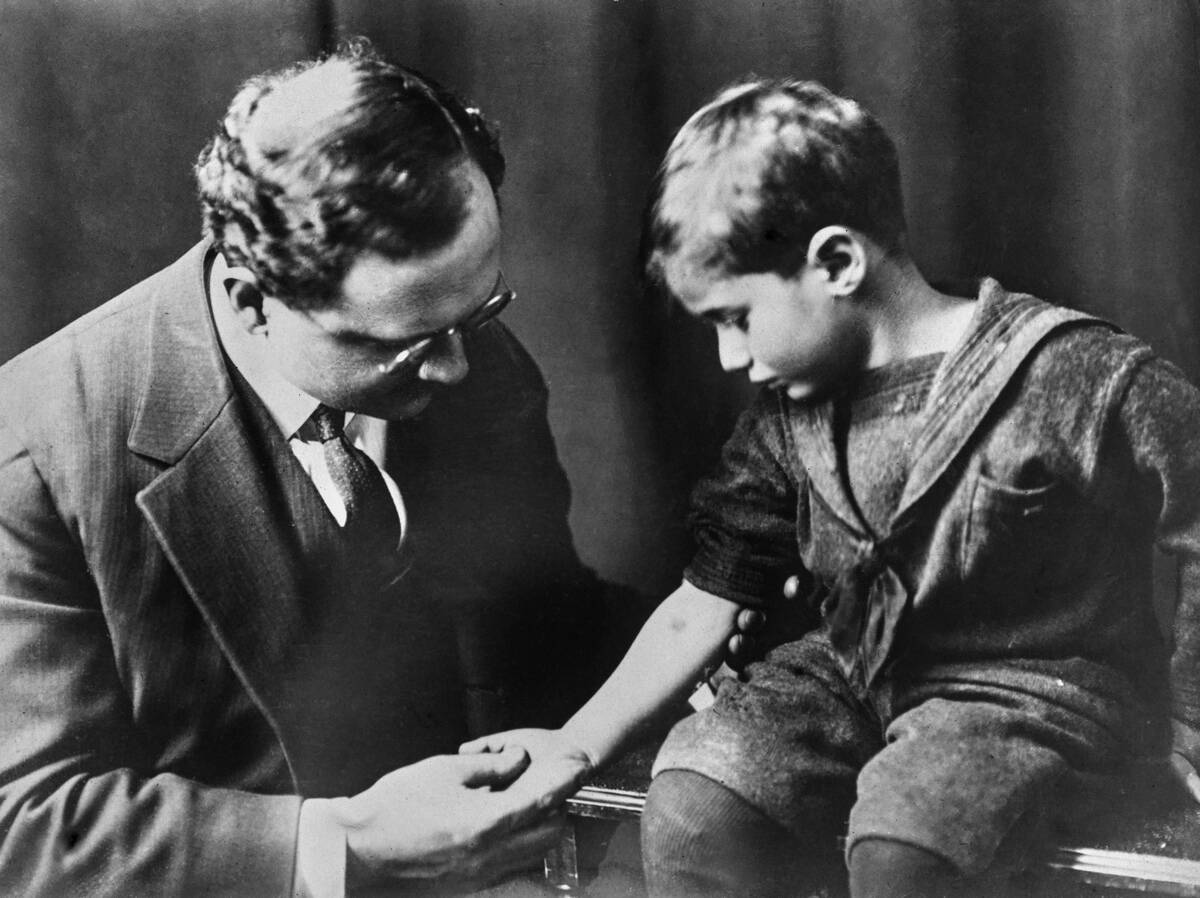
Scarlet fever, caused by Streptococcus bacteria, was once a serious childhood illness. With the advent of antibiotics, it has become much less threatening. Increased awareness, early diagnosis, and effective treatment have made scarlet fever a manageable condition. While it hasn’t disappeared entirely, its reduced threat level is a victory for modern medicine and public health.
The Power of Prevention: Vaccines and Hygiene

Prevention is a cornerstone of modern medicine, with vaccines and hygiene playing pivotal roles in disease control. Vaccination campaigns have saved millions of lives by preventing outbreaks and containing diseases. Coupled with proper hygiene practices, these strategies form a robust defense against infectious diseases. As we continue to face new health challenges, the lessons of the past remind us of the enduring power of prevention.



